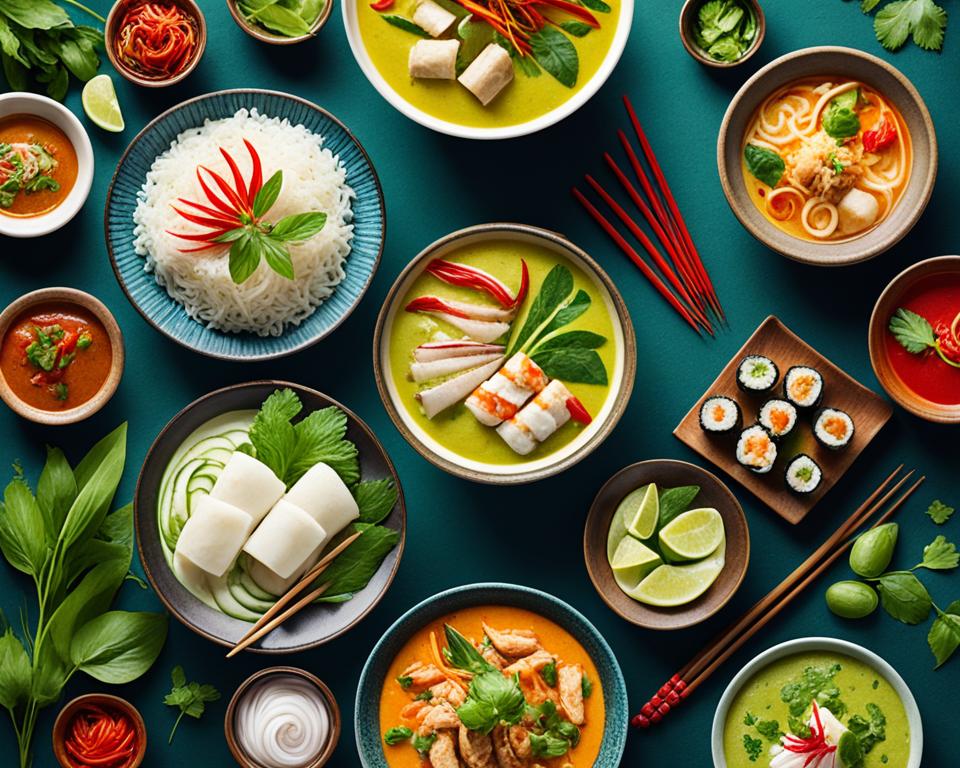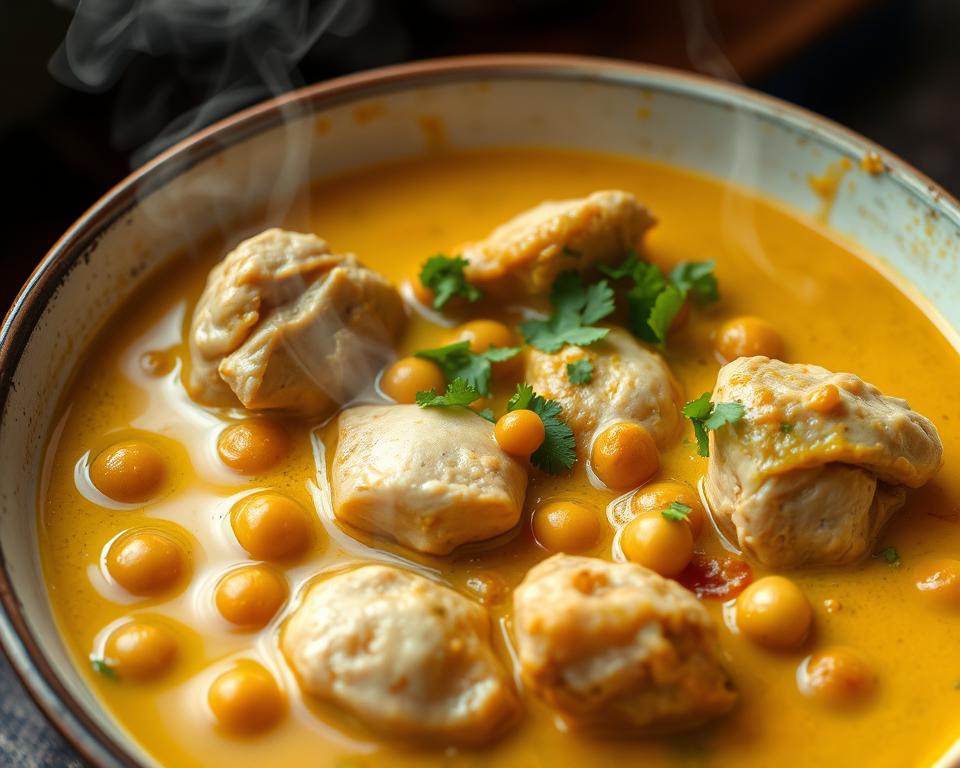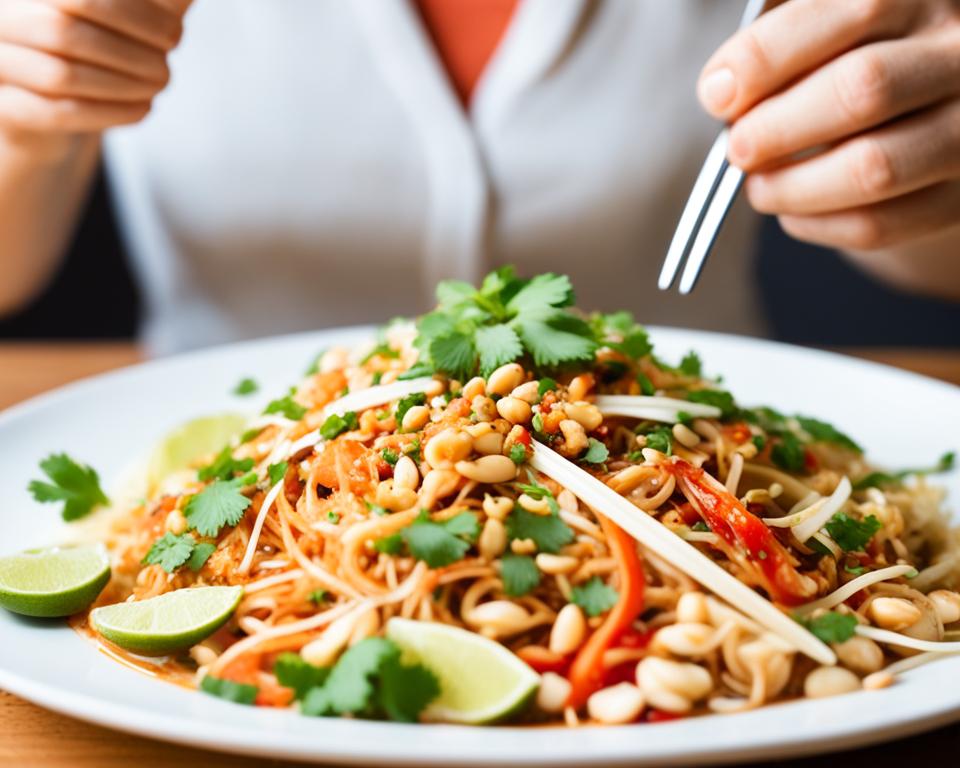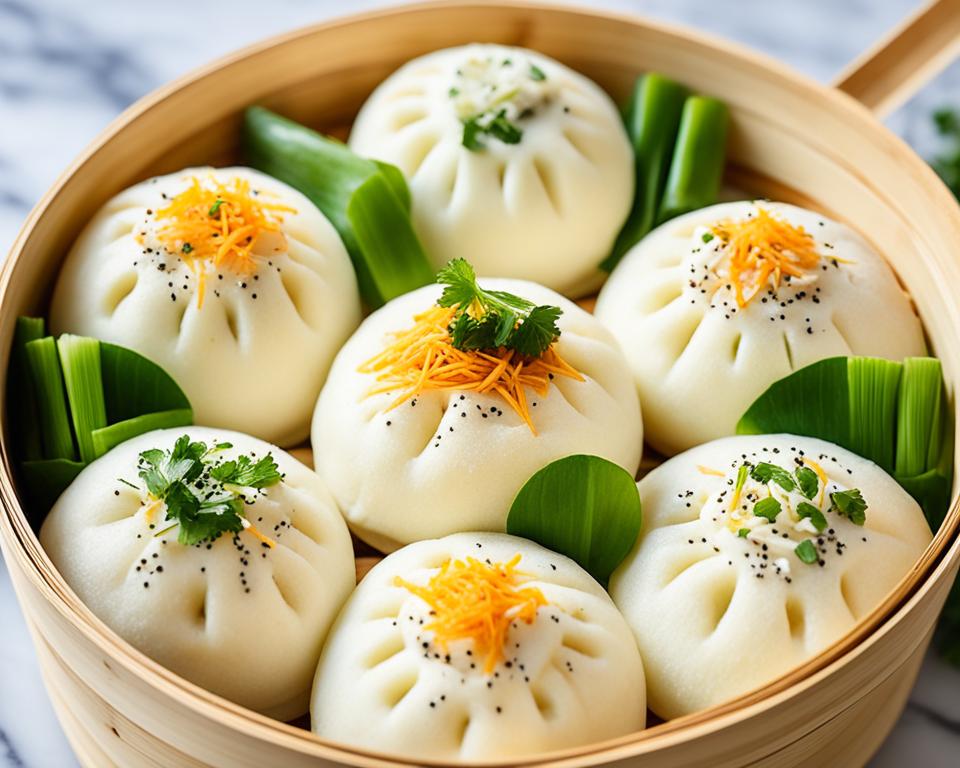Asia is home to a diverse array of culinary traditions, each country boasting its own unique flavors, ingredients, and cooking techniques. Determining which Asian country has the best food is a subjective and often debated topic, as the region’s gastronomic landscape is vast and varied. In this article, we’ll explore the rich and vibrant food cultures of several Asian nations, highlighting their standout dishes, signature flavors, and the factors that contribute to their culinary excellence.
Read more interesting information at ::mbp-ehime
Exploring Asia’s Culinary Diversity
Asia is a vast and diverse continent, home to a wide array of regional cuisines that have been shaped by geography, climate, and cultural influences over centuries. From the fragrant curries of Thailand to the delicate sushi of Japan, each Asian country has developed its own distinct culinary identity, with signature dishes and cooking styles that reflect the unique characteristics of the local ingredients and traditions.
Regional Specialties that Define Asian Cuisine
These regional specialties are a testament to the richness and complexity of Asian gastronomy, which has been influenced by a melting pot of cultural exchange, trade routes, and the unique terroir of each region. Whether it’s the fragrant curries of Thailand, the delicate sushi of Japan, or the bold flavors of Sichuan cuisine in China, each Asian culinary tradition offers a captivating and diverse gastronomic experience that celebrates the authentic asian flavors of the local culture.
Cultural Influences on Asian Gastronomy
The Asian cuisine has been shaped by a rich tapestry of cultural influences, from the ancient spice trade routes that connected the East and West to the migration of people and the exchange of culinary techniques across the continent. This melting pot of cultural influences has given rise to the incredible diversity and complexity of Asian culinary traditions, each with its own distinctive flavors, ingredients, and preparation methods that reflect the unique heritage and identity of the region.
Thailand: A Harmonious Blend of Flavors
Thai cuisine is widely regarded as one of the most vibrant and flavorful in Asia, known for its harmonious balance of sour, sweet, salty, and spicy elements. The country’s signature dishes, such as aromatic thai curries and fragrant thai noodle dishes, showcase the skilled use of fresh herbs, fiery chilies, and a diverse array of proteins and vegetables.
Aromatic Thai Curries and Noodle Dishes
From the rich and creamy thai cuisine of the central region to the intensely spicy curries of the north, Thai culinary traditions have captivated the global palate. Dishes like fragrant thai noodle dishes such as pad thai and khao soi, and the iconic thai curries like massaman and red curry, exemplify the country’s mastery of balanced flavors and the transformative power of spices.
Street Food Culture in Bangkok
The bustling street food scene in Bangkok, Thailand’s capital, is also a testament to the country’s culinary prowess. Offering a tantalizing array of portable and affordable dishes, the bangkok street food has become beloved by locals and visitors alike. From sizzling satays and steaming bowl of tom yum to the ubiquitous mango sticky rice, the vibrant street food culture in Bangkok showcases the creativity and ingenuity of thai cuisine.
Japan: Revering the Art of Simplicity
Japanese cuisine is renowned for its reverence for simplicity, showcasing the natural flavors of high-quality ingredients. From the delicate artistry of sushi and sashimi, featuring the freshest seafood, to the comforting bowls of ramen with their rich, umami-packed broths, Japanese food has captivated the global palate. The country’s culinary traditions are deeply rooted in a respect for seasonality, attention to detail, and a harmonious balance of flavors, elevating even the most humble of dishes to an art form.
Sushi and Sashimi: Ocean-Fresh Delicacies
At the heart of Japanese cuisine lies the exquisite sushi and sashimi, which showcase the country’s dedication to showcasing the inherent flavors of the finest seafood. Sushi chefs meticulously select and prepare the freshest fish, expertly molding the delicate rice and pairing it with the perfect accompaniment to create a harmonious and visually stunning piece. Sashimi, on the other hand, celebrates the natural beauty of the seafood, allowing the pristine flavors to shine without the use of rice or other embellishments.
Ramen: A Beloved Comfort Food
While sushi and sashimi epitomize the refined artistry of Japanese cuisine, the country’s culinary landscape is also celebrated for its comforting and deeply satisfying ramen dishes. These noodle-based soups feature a rich and flavorful broth that is simmered for hours, often with a variety of aromatic ingredients to create a complex and umami-packed base. The noodles, expertly cooked to a perfect texture, are then paired with a array of toppings, such as tender pork, soft-boiled eggs, and fresh vegetables, to create a truly indulgent and satisfying dining experience.
China: A Culinary Treasure Trove
China’s vast and diverse culinary landscape is a true treasure trove, offering a wide array of regional specialties and iconic dishes that have influenced cuisines around the world. From the delicate Cantonese dim sum and seafood delicacies of the south to the boldly spiced and flavorful dishes of Sichuan in the west, each region of Chinese cuisine boasts its own distinct culinary identity.
Cantonese Dim Sum and Seafood Delights
The southern region of Cantonese cuisine is renowned for its delicate Cantonese dim sum, a style of small, bite-sized dishes typically served in steamer baskets or on small plates. These delectable morsels, ranging from savory dumplings to sweet pastries, showcase the Cantonese chefs’ masterful control of texture and flavor. Complementing the dim sum offerings are the region’s abundant and fresh seafood dishes, featuring the bounty of the South China Sea.
Sichuan Cuisine: Boldly Spiced and Flavorful
In the western region of China, Sichuan cuisine has gained global recognition for its bold and complex flavors. Renowned for its use of Sichuan peppercorns, which impart a unique tingling and numbing sensation, Sichuan dishes often feature a harmonious balance of spicy, sweet, sour, and umami elements. From the fiery hot pot to the fragrant mapo tofu, Sichuan cuisine is a true celebration of the region’s diverse and flavorful ingredients.
Beijing’s Iconic Peking Duck
The nation’s capital, Beijing, is home to one of China’s most renowned gastronomic exports: the legendary Peking duck, a dish that exemplifies the country’s mastery of roasting techniques and reverence for high-quality ingredients. The perfectly crisp skin and succulent meat of the Peking duck, served with delicate pancakes, scallions, and a sweet bean sauce, have captivated diners around the world and cemented China’s reputation as a culinary powerhouse.
India: A Melting Pot of Flavors
India’s culinary landscape is a vibrant tapestry of diverse regional indian cuisines, each with its own distinct flavors, indian spices, and cooking techniques. From the tandoor-grilled meats and fragrant curries of the north to the coconut-based dishes and seafood specialties of the south, the subcontinent’s gastronomic richness is truly unparalleled.
Diverse Regional Cuisines and Spice Blends
The diversity of indian cuisine is a testament to the country’s rich cultural heritage and unique geographic landscapes. Each region of India has developed its own unique culinary identity, characterized by the creative use of indian spices and the incorporation of locally sourced ingredients. Whether it’s the fiery curries of the north, the fragrant biryanis of the east, or the coconut-based dishes of the south, the regional indian cuisines showcase the incredible depth and complexity of Indian gastronomy.
Vegetarian Delights from the Heartland
India is also renowned for its exceptional indian vegetarian dishes, with the heartland of the country offering a vast array of flavorful and nutritious plant-based dishes. The creative use of indian spices and the abundance of fresh produce from the region’s fertile lands have resulted in a diverse and captivating vegetarian culinary tradition. From the aromatic curries to the savory lentil-based delicacies, indian vegetarian dishes have gained global recognition for their vibrant flavors and health benefits.
Vietnam: Fresh and Fragrant Fare
Vietnamese cuisine is celebrated for its fresh, vibrant, and fragrant flavors, showcasing a delicate balance of herbs, vegetables, and proteins. The country’s culinary heritage is a testament to the region’s diverse cultural influences and access to a bountiful array of local ingredients.
Pho: The National Dish of Vietnam
At the heart of Vietnamese cuisine is the iconic pho, a national dish that has gained global acclaim. Featuring a rich, aromatic broth, tender rice noodles, and a variety of toppings such as sliced beef, chicken, or fresh herbs, pho is a harmonious symphony of tastes and textures that epitomizes the country’s culinary excellence. The careful balance of sweet, sour, and savory elements in pho has made it a beloved staple, not just in Vietnam, but across the world.
Banh Mi: A French-Vietnamese Fusion Delight
Another iconic Vietnamese creation that has captured the imagination of food enthusiasts is the banh mi, a French-influenced sandwich that marries the crunch of a baguette with the bold flavors of Southeast Asian fillings. This unique fusion dish showcases the country’s openness to cultural exchange, blending the crusty bread of the French colonial era with the vibrant, herbaceous ingredients that define Vietnamese cuisine. The result is a truly delectable and portable treat that has become a beloved street food and a testament to the versatility of Vietnamese cuisine.
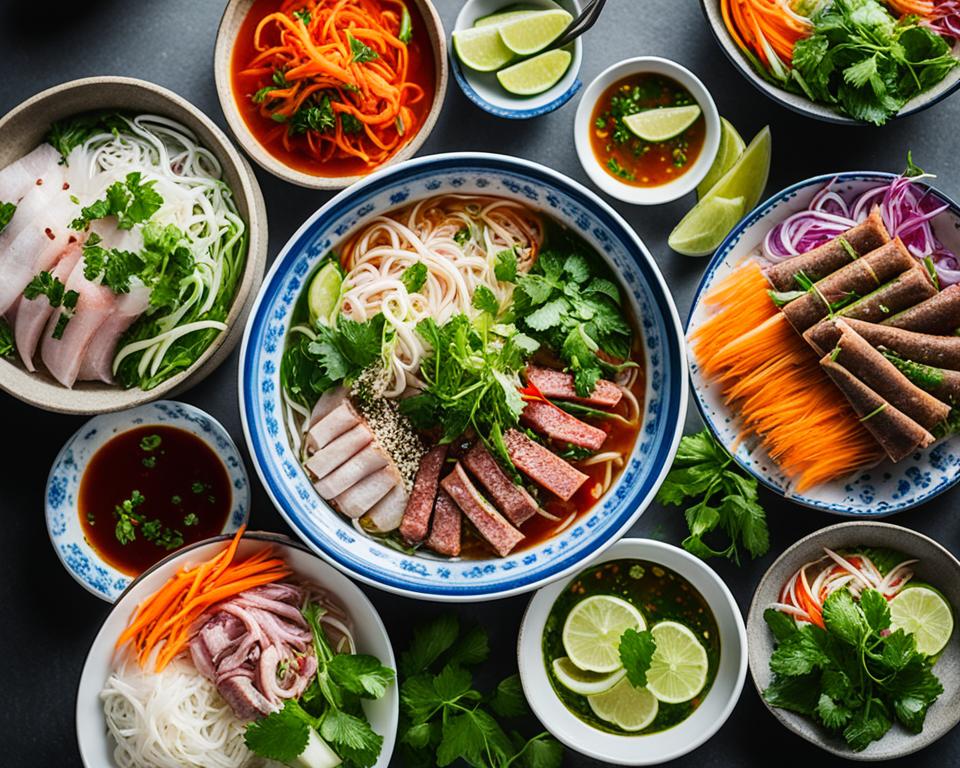
Which Asian Country Has the Best Food?
Determining which Asian country has the best food is a highly subjective and debated topic, as each nation in the region boasts a rich and diverse culinary heritage. While countries like Thailand, Japan, and China are often cited as top contenders for the title of “best food in Asia,” the answer ultimately depends on one’s personal preferences, travel experiences, and exposure to the various regional cuisines.
The beauty of Asian gastronomy lies in its incredible diversity, with each country offering a unique and captivating culinary experience that celebrates the flavors, ingredients, and traditions of its respective culture. From the aromatic curries of Thailand to the delicate sushi of Japan, and the bold spices of Sichuan in China, the gastronomic landscape of Asia is a tapestry of diverse and exceptional culinary traditions.
Ultimately, there is no definitive answer to the question of which Asian country has the best food, as each nation’s cuisine is a reflection of its unique history, geography, and cultural influences. The joy of exploring Asian cuisine lies in the opportunity to immerse oneself in the rich and varied culinary experiences that each country has to offer, discovering the nuances and complexities that make each regional cuisine truly remarkable.
Malaysia: A Melting Pot of Culinary Influences
Malaysia’s vibrant food culture is a reflection of the country’s rich history and diverse ethnic influences. The nation’s signature dishes, such as the beloved nasi goreng (fried rice) and the aromatic laksa (spicy noodle soup), draw inspiration from Malay, Chinese, Indian, and even Portuguese and Dutch culinary traditions.
Nasi Goreng and Laksa: Malaysian Staples
These iconic Malaysian dishes showcase the country’s ability to blend diverse cultural influences into a harmonious and delectable culinary experience. Nasi goreng, a beloved fried rice dish, is a staple in Malaysian households, while the fragrant and laksa noodle soup has become a national treasure, offering a unique balance of spicy, sour, and savory flavors.
Diverse Street Food Scene
Malaysia’s thriving street food scene, found in bustling hawker centers and night markets, offers a tantalizing array of portable and affordable dishes that showcase the country’s culinary creativity and the harmonious blending of flavors from across Southeast Asia. From sizzling satay to fluffy roti canai, these vibrant food stalls and mobile vendors provide a window into the rich tapestry of Malaysian cuisine.
Singapore: A Foodie’s Paradise
Singapore is widely regarded as a foodie’s paradise, offering a diverse and dynamic culinary landscape that reflects the multicultural nature of the island nation. From the iconic Hainanese chicken rice, a dish that has become a national symbol, to the innovative fusion cuisine that blends influences from China, Malay, and Indian traditions, Singapore’s food scene is a testament to the country’s openness to culinary experimentation and its ability to elevate local specialties to global acclaim.
Iconic Hainanese Chicken Rice
One of the must-try dishes in Singaporean cuisine is the renowned Hainanese chicken rice. This simple yet flavorful dish features succulent poached chicken served over fragrant, oily rice, often accompanied by a spicy chili sauce and a tangy ginger-garlic condiment. The origins of Hainanese chicken rice can be traced back to the Hainan province of China, but it has become a true culinary icon of Singapore, showcasing the country’s talent for elevating humble ingredients into a gastronomic masterpiece.
Fusion Cuisine at Its Finest
In addition to its iconic local dishes, Singapore’s food scene is also celebrated for its innovative fusion cuisine, which blends the diverse culinary traditions of the island’s Chinese, Malay, and Indian communities. From the creative adaptations of traditional street food to the boundary-pushing creations of the city’s world-class restaurants, Singaporean fusion cuisine offers a unique and captivating dining experience that celebrates the country’s multicultural heritage and its openness to culinary experimentation.
South Korea: Flavors That Ignite the Senses
South Korean cuisine is renowned for its bold and vibrant flavors, with dishes that often incorporate a fiery kick from the ubiquitous chili pepper. At the heart of the country’s culinary identity is kimchi, a fermented vegetable dish that is considered a national treasure, offering a unique balance of sour, spicy, and umami notes.
Kimchi: A National Treasure
Kimchi is more than just a side dish in South Korean culture; it is a way of life. This fermented cabbage or radish delicacy is a staple in every Korean household, prepared with a blend of garlic, ginger, and an array of seasonings that create a flavor profile that is both complex and deeply satisfying. The process of making kimchi is an art form, with each family often having their own secret recipe passed down through generations.
Korean Barbecue: A Sizzling Experience
Another signature Korean experience is the sizzling and interactive Korean barbecue, where diners grill marinated meats at their table, creating a lively and communal dining atmosphere. The rich, complex flavors of the south korean cuisine have gained global recognition, making it a standout contender in the quest for Asia’s best food. From the bold and spicy kimchi to the sizzling korean barbecue, South Korea’s culinary offerings are truly a feast for the senses.
Indonesia: Spices and Flavors from the Archipelago
Indonesia’s sprawling archipelago is home to a vast and diverse culinary landscape, with each of the country’s 17,000 islands contributing its own unique regional specialties. From the fragrant nasi goreng (fried rice) and the beloved satay (grilled skewered meat) to the varied and spice-infused dishes found across the islands, Indonesian cuisine showcases the country’s rich cultural heritage and access to a bountiful array of tropical ingredients.
Nasi Goreng and Satay: Indonesian Classics
Two of the most iconic and beloved dishes in Indonesian cuisine are the savory nasi goreng and the flavorful satay. Nasi goreng, a fragrant fried rice dish, is a staple across the archipelago, with each region boasting its own unique variations that incorporate local ingredients and spice blends. Satay, on the other hand, is a beloved grilled skewered meat specialty that showcases the country’s mastery of intricate marinades and open-flame cooking techniques.
Regional Specialties from Across the Islands
Beyond the beloved nasi goreng and satay, Indonesian cuisine is also celebrated for its diverse regional specialties that reflect the unique characteristics of each island. From the spice-infused rendang of Sumatra to the aromatic soto soups of Java, and the seafood-centric dishes of the Maluku Islands, the regional Indonesian specialties collectively paint a vibrant tapestry of flavors that captivates food enthusiasts worldwide.
The combination of bold flavors, intricate spice blends, and diverse cooking techniques has earned Indonesian cuisine a well-deserved reputation as one of the most captivating and complex cuisines in Asia.
Taiwan: A Tapestry of Chinese and Local Influences
Taiwanese cuisine is a tapestry of Chinese culinary traditions, Japanese influences, and local Taiwanese specialties, creating a unique and captivating gastronomic experience. The country’s vibrant night markets are a testament to the ingenuity and creativity of Taiwanese street food, offering a dizzying array of portable and affordable dishes that range from steaming soup dumplings to sizzling grilled meats and creative fusion snacks. Taiwan’s ability to blend Chinese flavors with indigenous ingredients and cooking methods has earned it a reputation as a hidden gem in the Asian culinary landscape.
Night Markets: A Street Food Wonderland
Wandering through the lively night markets of Taiwan is a sensory delight, as the air is filled with the tantalizing aromas of Taiwanese street food. From sizzling stalls serving up piping hot xiao long bao (soup dumplings) to vendors offering innovative fusion snacks that blend Chinese, Japanese, and indigenous influences, these bustling marketplaces showcase the ingenuity and diversity of Taiwanese cuisine. The night markets are not merely a place to indulge in delicious treats, but also a vibrant cultural experience that celebrates the country’s love for Taiwanese cuisine, Taiwanese night markets, and Taiwanese street food.

Philippines: A Unique Blend of Flavors
The Philippines’ culinary landscape is a unique blend of influences, reflecting the country’s history as a melting pot of cultures. At the heart of Filipino cuisine are iconic dishes like adobo, the national dish featuring meat or seafood simmered in a savory sauce, and the legendary lechon, a whole roasted pig that has become a centerpiece of celebratory feasts.
Adobo: The National Dish of the Philippines
Adobo, a quintessential Filipino cuisine staple, is a dish that epitomizes the country’s culinary heritage. This beloved dish features meat or seafood that is slowly simmered in a flavorful blend of soy sauce, vinegar, garlic, and a variety of spices, creating a harmonious balance of salty, tangy, and savory flavors.
Lechon: Roasted Pork at Its Best
The lechon, a whole roasted pig, is a true centerpiece of Filipino celebrations and gatherings. This mouthwatering dish showcases the country’s mastery of slow-roasting techniques, resulting in a crispy, golden-brown skin that gives way to juicy, succulent meat. The lechon is a testament to the Philippines’ culinary creativity and the country’s ability to elevate a simple ingredient like pork into a truly spectacular culinary experience.
The Philippines’ diverse regional cuisines, which incorporate elements from Malay, Chinese, and Spanish culinary traditions, offer a captivating and often underappreciated gastronomic experience that is worth exploring for any adventurous food enthusiast.
